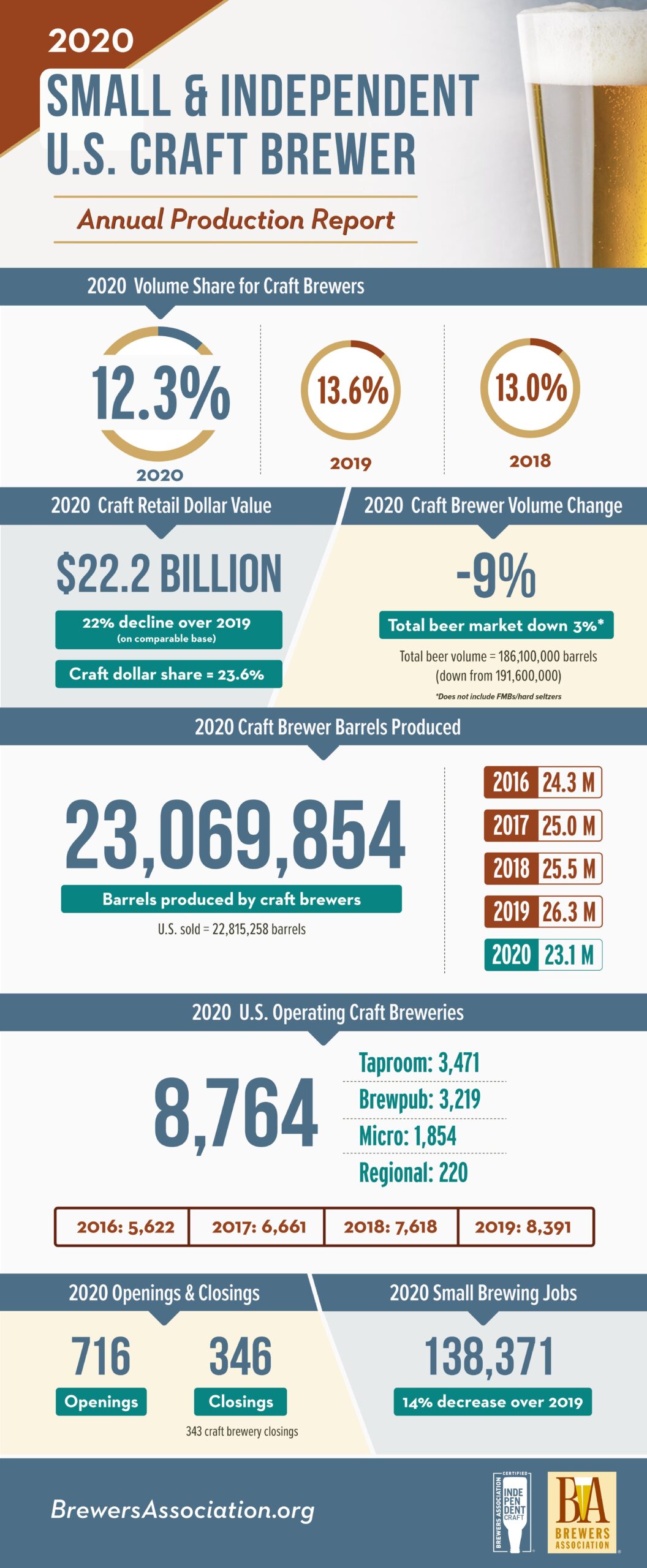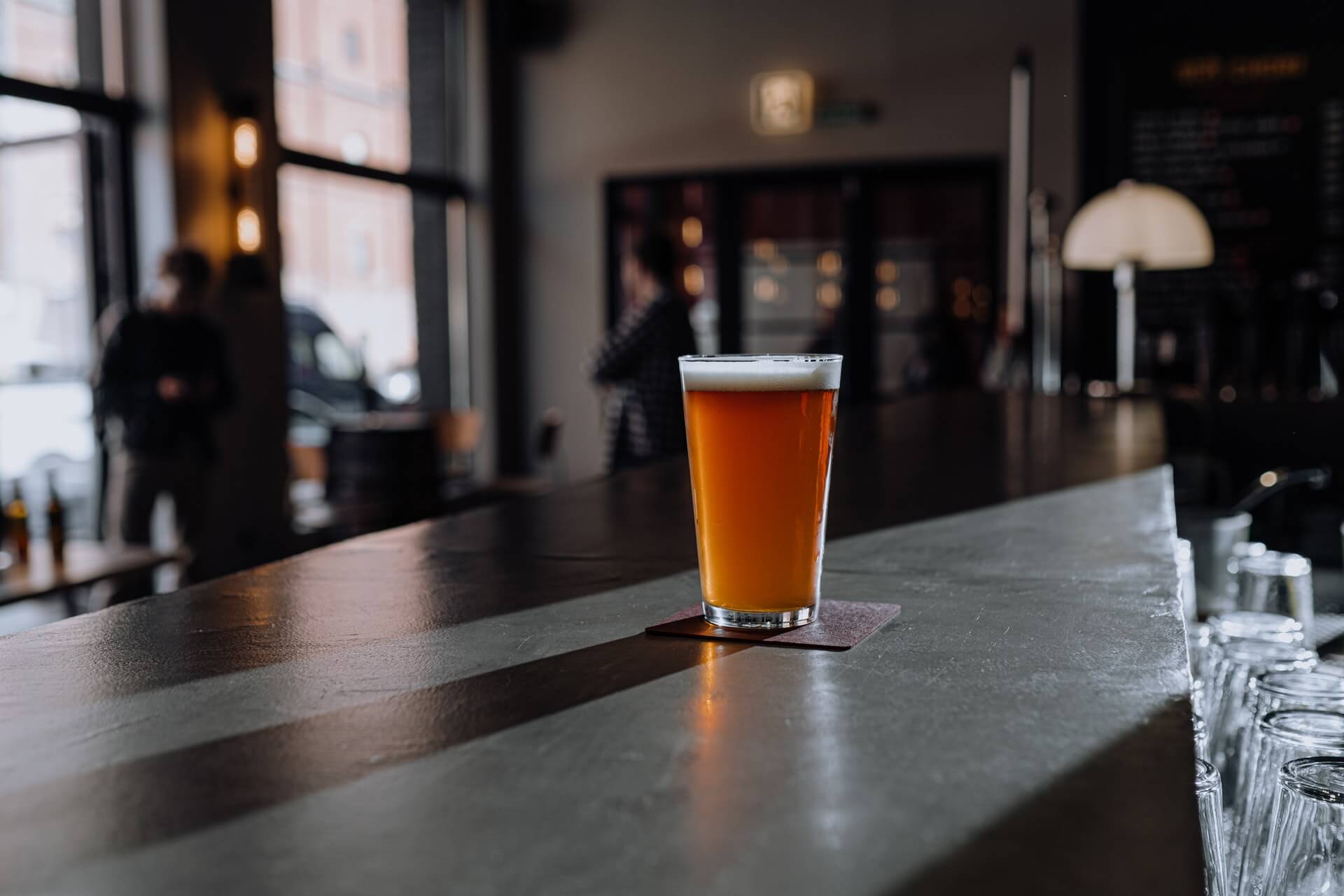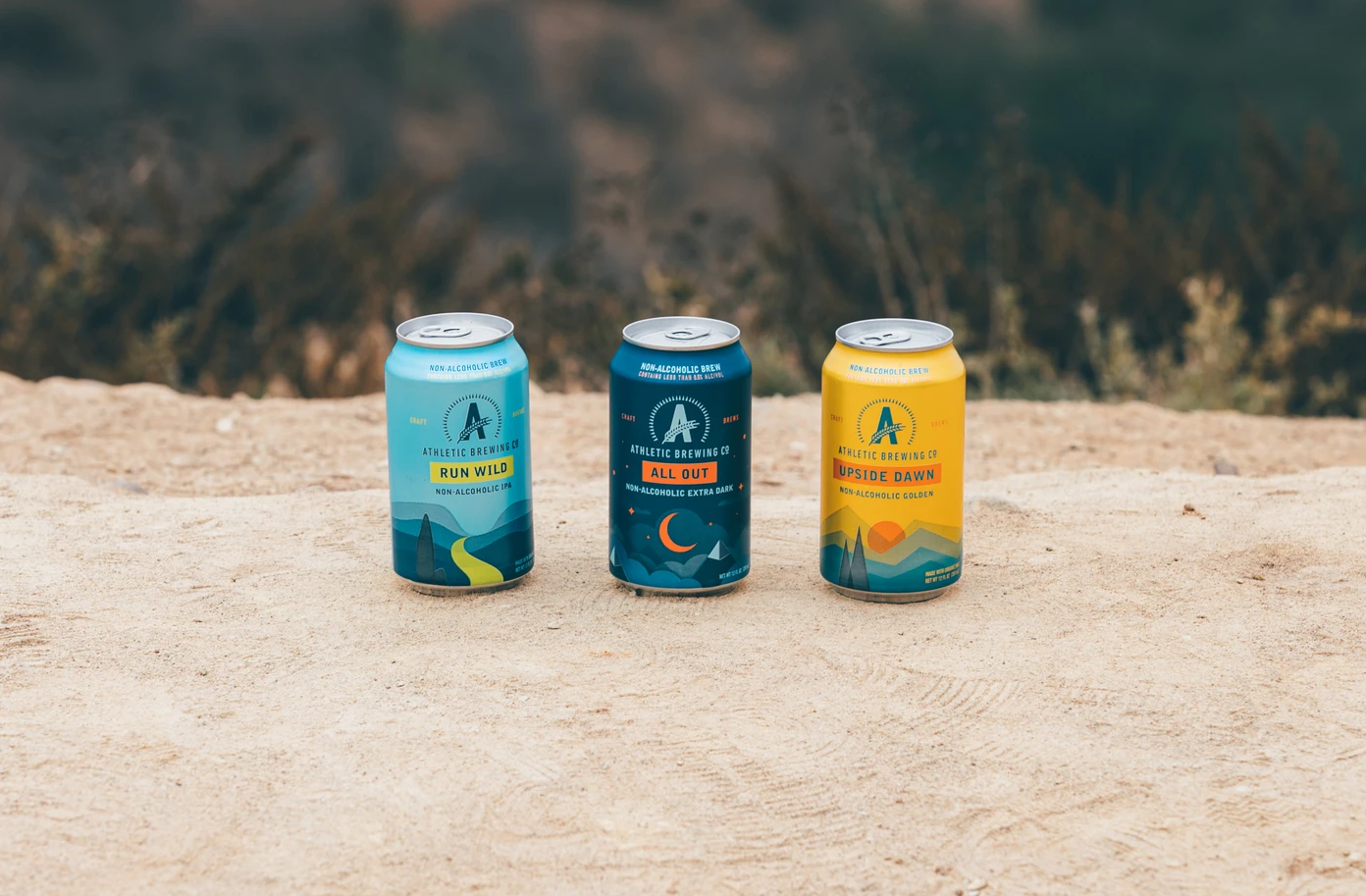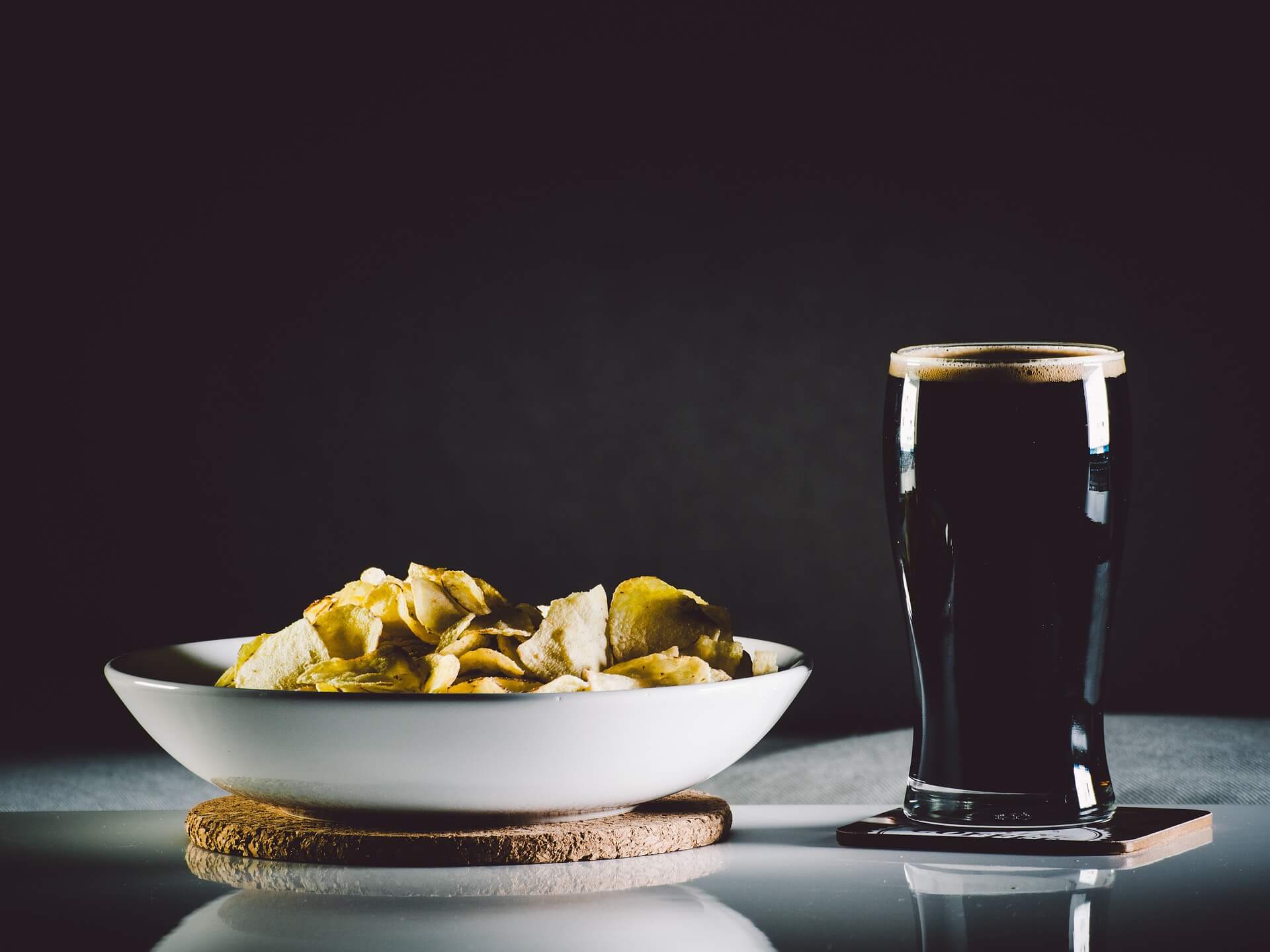2020 Craft Brewing Production Infographic
by David Klemt
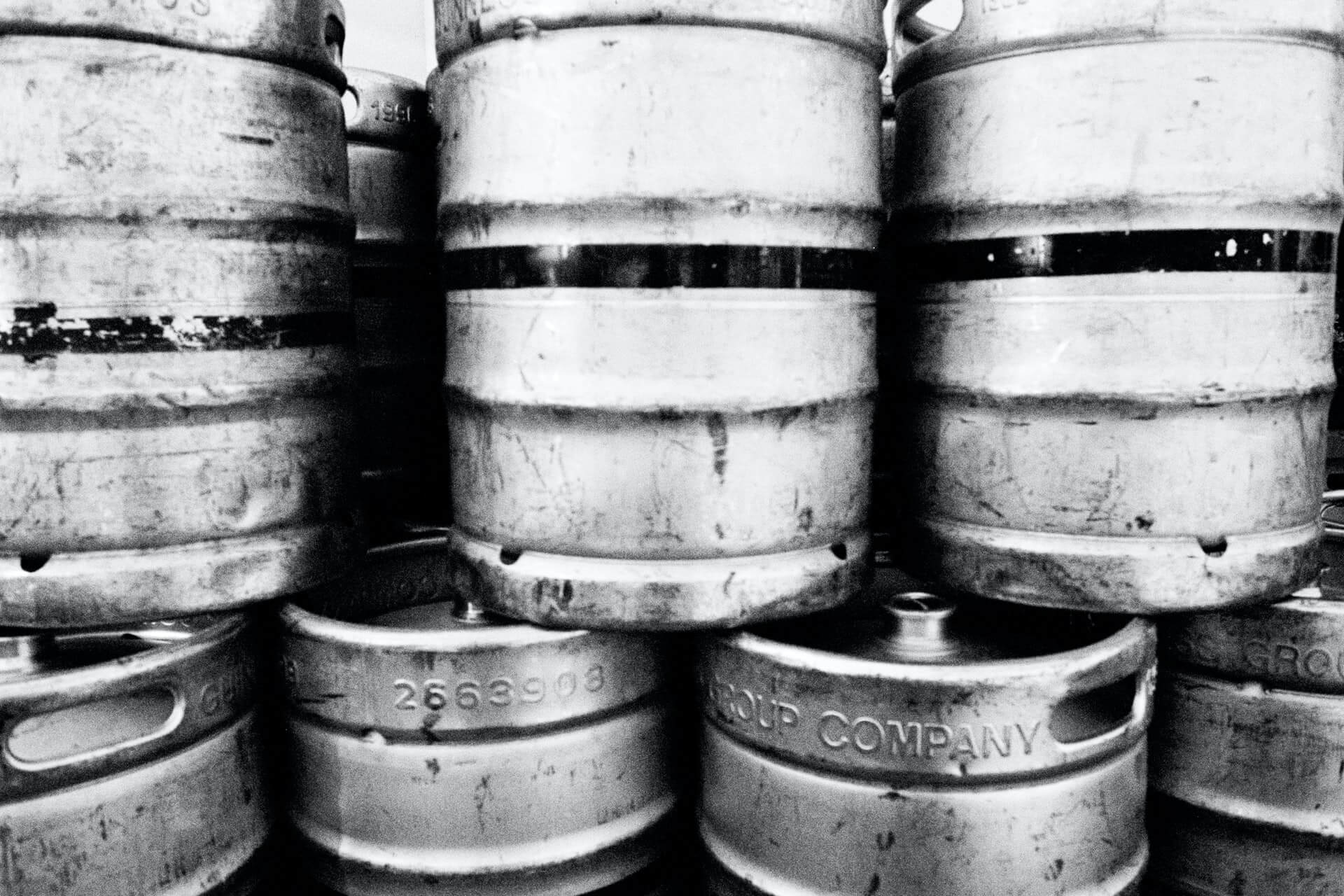
The Brewers Association‘s latest report and infographic reveal 2020 small and independent craft brewery production numbers.
Like their restaurant, bar and brewpub cohorts, brewers are facing enduring struggles due to the Covid-19 pandemic.
However, the Brewers Association did find some good news.
First, the challenges.
Overall Market Drop
The BA’s report reveals that small and independent craft brewer production is down nine percent from 2019. Overall, draught beer sales dropped 40 percent last year.
That equates to an overall market share of 12.3 percent in 2020. Comparing 2020 to 2019, that’s a decline of 1.3 percent.
Unfortunately, 2020 craft brewer numbers also reveal significant job loss for the industry. In comparison to 2019, direct craft beer jobs are down 14 percent.
In terms of small and independent brewery closures, 2020 saw 346 brewers close their doors permanently.
Some Silver Linings
There is some good news for craft beer. Not every closure is attributable to Covid-19.
Reviewing the 2020 numbers, the BA says there are 8,764 craft breweries operating in the United States. That’s an all-time high.
The breakdown is as follows:
- 220 Regional craft breweries
- 1,854 Microbreweries
- 3,219 Brewpubs
- 3,471 Taproom breweries
Impressively, the number of new craft brewery openings more than double the number of closures at 716.
Per Bart Watson, chief economist at the BA, the total number of craft breweries and openings in 2020 proves the “resilient and entrepreneurial nature” of small and independent brewers.
BA Infographic
You’ll find more information below. The BA’s infographic neatly tells the story of the association’s latest report.
Perhaps the biggest positive takeaway is the steady growth in operational craft breweries. Since 2016, the number of breweries in this category has increased by nearly 3,100.
That’s an average of 785 new brewery openings each year. Given the number of openings in 2020, it’s possible craft brewers will gain ground on the jobs lost over the course of last year.
It’s also likely production and sales numbers will see a boost in 2021 through a culmination of easing restrictions, reopening markets, pent-up demand, vaccination rates, and guest comfort levels.
Infographic: Brewers Association
Image: Hennie Stander on Unsplash

